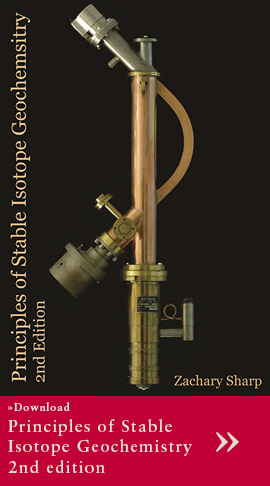In some regions of the Arctic, sea ice decline and the resulting loss of foraging opportunities have been associated with recent reductions in polar bear abundance, survival, and reproduction. It is often assumed that during food deprivation lipid reserves (e.g., adipose fat) are the limiting factor to polar bear survival, and the role of protein reserves (e.g., skeletal muscle) is often under appreciated. Structural tissues require a constant input of amino acids for maintenance; to provide these amino acids, fasting bears catabolize endogenous protein, potentially at a greater rate than endogenous lipid. Recent studies with captive vertebrates demonstrated that when feeding, animals may use carbon derived from dietary lipids to synthesize proteins used to build structural tissue. We hypothesize that fasting polar bears use a similar process to transfer carbon from stored adipose fat to stored protein. To test this hypothesis, we are using amino acid carbon isotope (δ13C) analysis, and archived samples from a previous study of nutritional ecology in the Southern Beaufort Sea, to track carbon flux between protein-rich (red blood cells, serum, skeletal muscle) and lipid-rich (adipose) tissues in individual, free-ranging polar bears that exhibit a spectrum of body condition and feeding status. Our preliminary data suggest that a portion of the non-essential amino acids in red blood cells of fasting polar bears were newly synthesized with carbon that had been transferred from endogenous adipose tissue. If carbon movement between lipid and protein is substantial, it will change our understanding of polar bear fasting physiology and endurance, influencing forecasts of how this species will respond to continued ice loss.
The effects of sea ice loss on protein and fat stores of food-deprived polar bears
Conference:
International Conference on Bear Research and Management
Date:
June, 2016


